The 30 best Twilight Zone episodes, ranked
- Oops!Something went wrong.Please try again later.
With inventive sci-fi concepts, keen attention to social issues, and a poetic sense of irony, Rod Serling's classic anthology series The Twilight Zone has captured curious imaginations around the world since its debut in 1959. The series confronted pressing topics like Cold War paranoia, racism, and gender roles, all while delivering riveting short-form entertainment with twisty narratives about aliens, robots, astronauts, time travelers, monsters, and even living toys.
The Twilight Zone has maintained a strong cult following over the years, inspiring a number of revivals from Steven Spielberg, Jordan Peele, and even Serling himself, but none have topped the staggering creative heights of the original series, which ran for five seasons up until 1964. From beloved classics like "Nightmare at 20,000 Feet" and "It's a Good Life" to hidden gems like "Elegy" and "Shadow Play," here is EW's list of the 30 best Twilight Zone episodes, ranked.
30. "Twenty Two" (season 2, episode 17)
Much of The Twilight Zone's distinct tone hinges on a dreamlike atmosphere, and "Twenty Two" is one of the few chapters that actually integrates dreams into its plot and theme. The episode opens with a surreal, overwhelmingly frightening nightmare consuming the main character — a dancer played by Barbara Nichols — in which she wanders through an eerie, shadowy hospital until arriving at the morgue, wherein a nurse chillingly proclaims, "Room for one more, honey." When she awakens in the very same hospital, she struggles to ascertain the meaning of her vision — and why it keeps recurring.
"Twenty Two" is one of a handful of Twilight Zone episodes shot on videotape to reduce the show's budget. And though it lacks the pristine image quality of the show's usual format, the shaky, lo-fi aesthetic further enhances the uncanny sense of dread that permeates through this Groundhog Day-esque story.
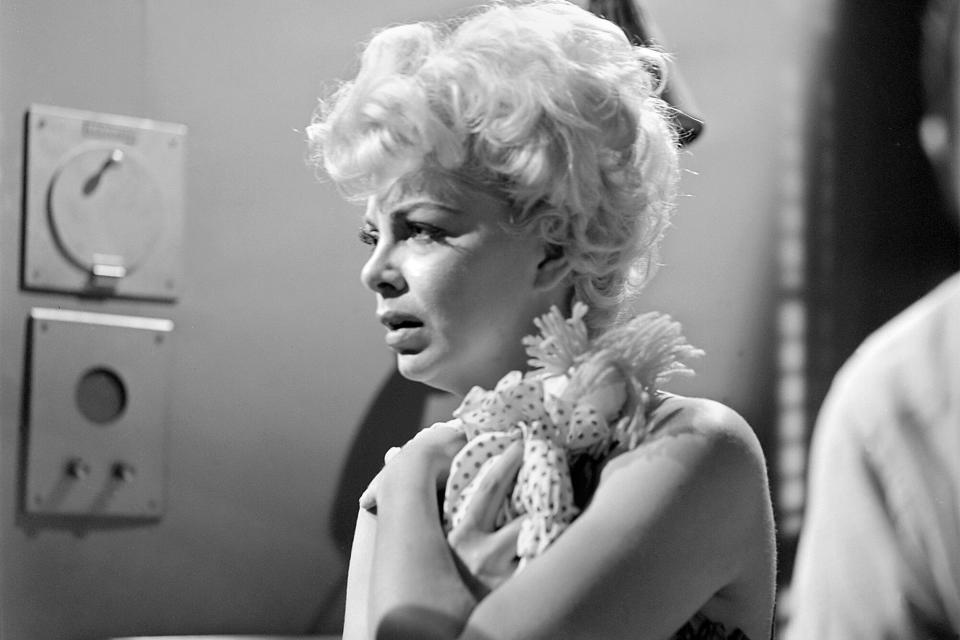
29. "The Last Flight" (season 1, episode 18)
One of The Twilight Zone's favorite conventions is bringing characters from disparate backgrounds together through time travel. "The Last Flight" does this by uniting an English World War I fighter pilot (Kenneth Haigh) with American military personnel in 1959. As the two parties try to convince each other of their respective histories, they realize that despite the confusion of time travel, there's an incredible urgency to the protagonist returning to the skies of 1917. The airmen take a collective risk with the belief that one man's actions can have a profound impact on the future, and it's immensely satisfying to see the results of their gamble.
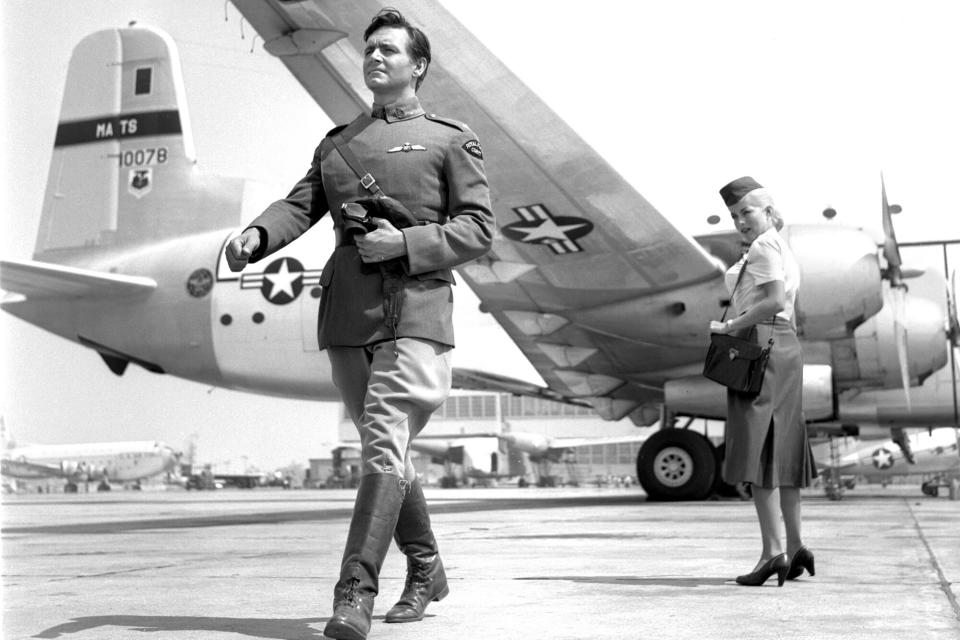
28. "Deaths-Head Revisited" (season 3, episode 9)
One of the darkest and most sobering episodes of the series confronts the Holocaust in an era when it was seldom acknowledged so explicitly in mainstream entertainment. "Deaths-Head Revisited" from 1961 sees a former Nazi (Oscar Beregi Jr.) return to the site of the internment camp where he tortured and executed imprisoned people 15 years prior. The episode doesn't try to make sense of the unfathomable evil of genocide, but it does discuss the specifics of death in concentration camps, and it ends with a powerful sense of poetic justice that only The Twilight Zone could provide.
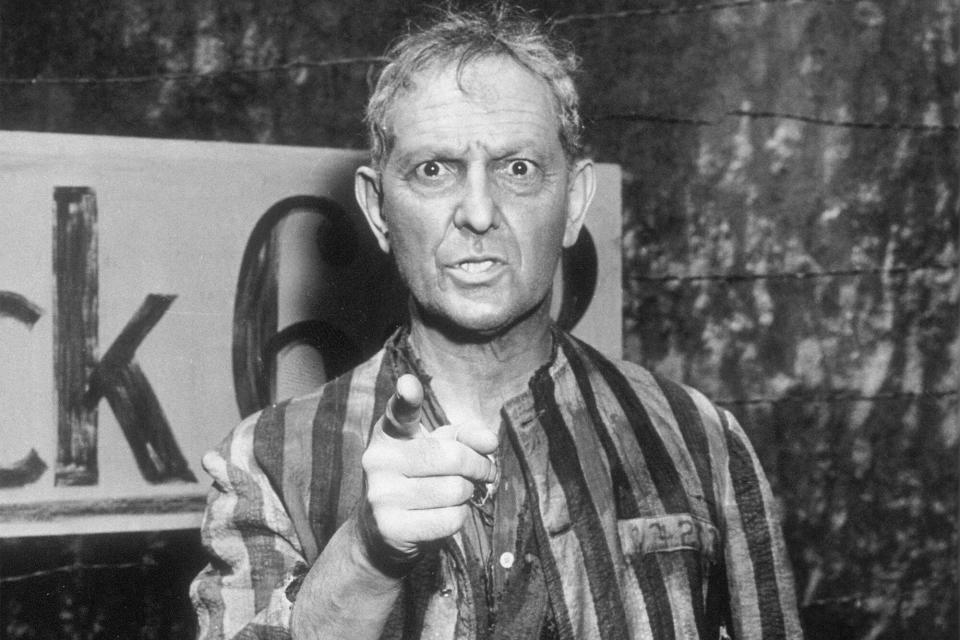
27. "The Hitch-Hiker" (season 1, episode 16)
In a nightmarish episode that feels somewhere between Carnival of Souls and the first act of Psycho, a woman (Inger Stevens) attempts to complete a lengthy road trip after a dangerous car accident. She's haunted by a persistent vision of an ominous hitchhiker (Leonard Strong) who defies all logic and laws of nature to continually appear in every town she enters. It might have one of the series' more predictable endings, but "The Hitch-Hiker" is still one of the strongest Twilight Zone entries because it creates such a palpable sense of anxiety with each sighting of his pleading eyes.
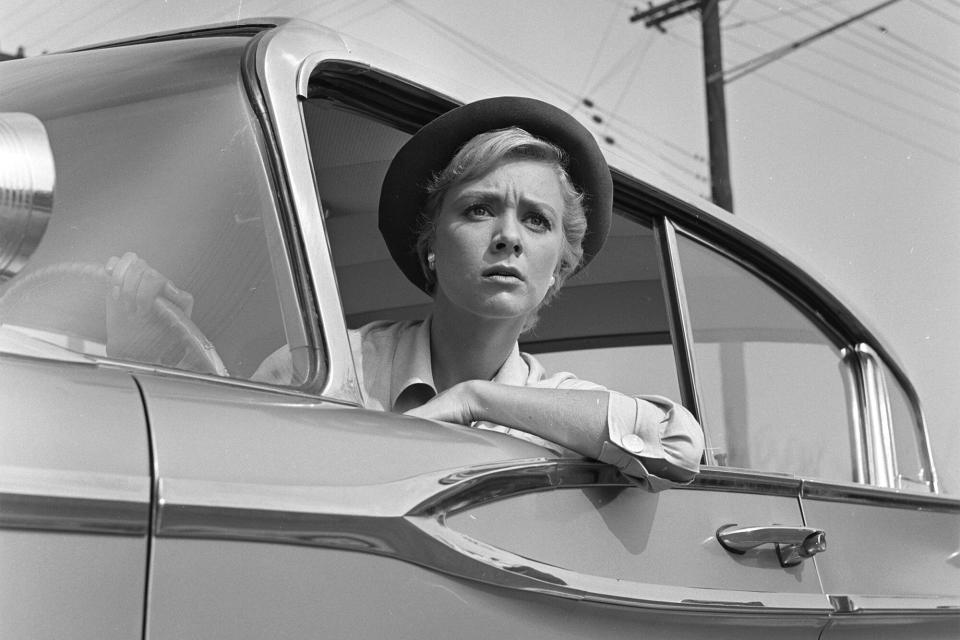
26. "The Trade-Ins" (season 3, episode 31)
Few Twilight Zone episodes could accurately be called "sweet," but that's an apt description of this lovely little sci-fi tale. "The Trade-Ins" follows an elderly husband and wife (Joseph Schildkraut and Alma Platt) who attempt to purchase younger bodies to extend their lifespan. It's an exciting — and ethically dubious — premise that goes a long way before eventually resolving with an unexpectedly romantic conclusion. The Twilight Zone episodes that prioritize sentimentality often fall flat, but this is a pleasant exception.
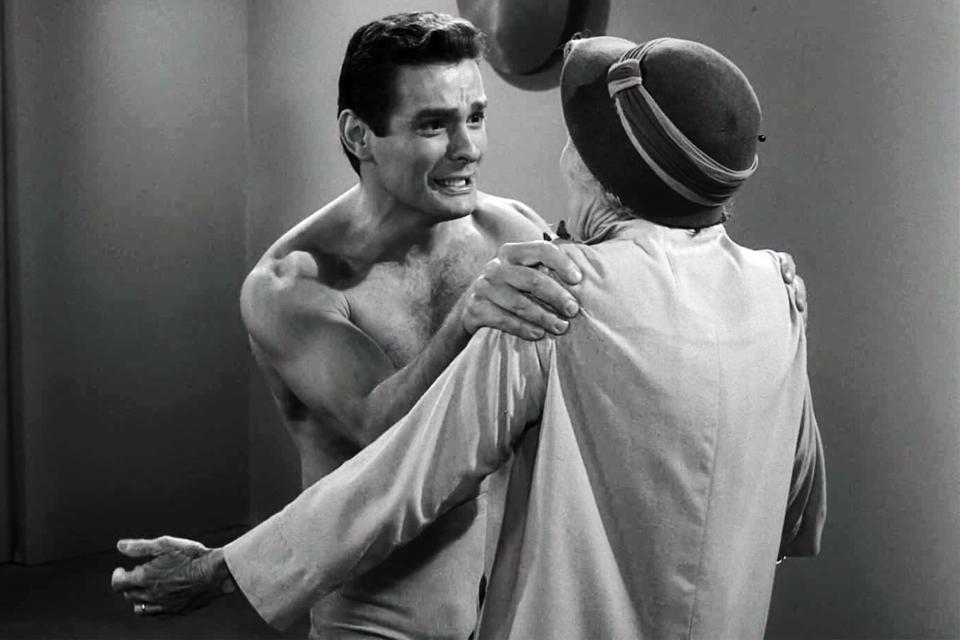
25. "A World of His Own" (season 1, episode 36)
Most of the best Twilight Zone stories maintain a somber tone, but that's not to say they lack a sense of humor, as Serling, Richard Matheson, Charles Beaumont, and the series' other writers often deploy tossed-off jokes and clever gags to alleviate tension. "A World of His Own" is the rare Twilight Zone episode that revels in its humor for almost the entire runtime up to its final moments. It observes an escalating conversation between a woman (Phyllis Kirk) and her playwright husband (Keenan Wynn), who claims he has the ability to alter reality through his writing. It's a funny, endlessly creative episode that pokes fun at gender roles, marriage, and power dynamics in romantic relationships — and it ends with a hilarious coda that implicates Serling's narrator in an unusual way.
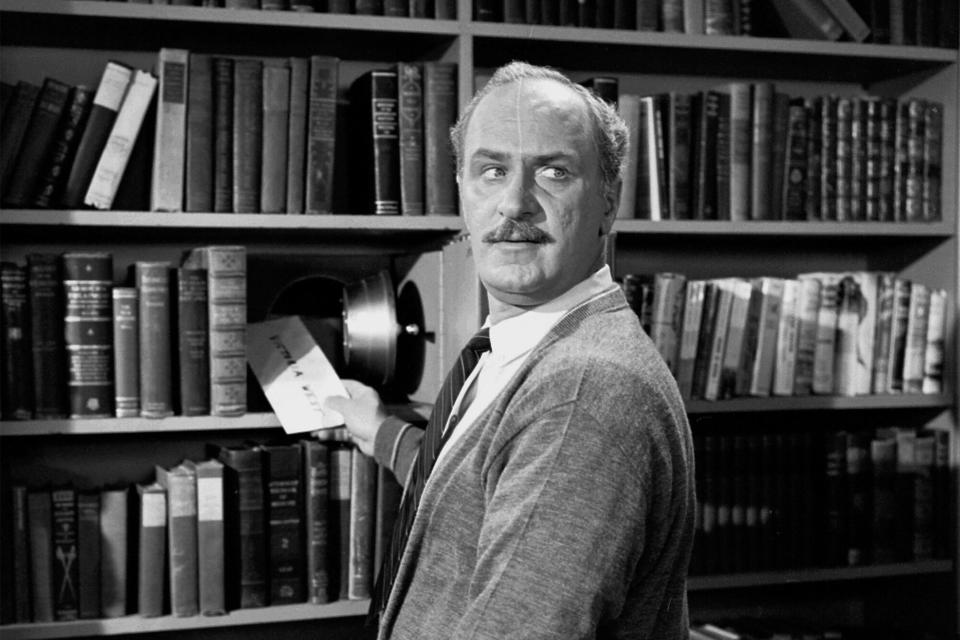
24. "A Kind of a Stopwatch" (season 5, episode 4)
Richard Erdman plays Patrick Thomas McNulty, perhaps the most annoying main character in Twilight Zone history — a selfish chatter mouth with no regard for his fellow human beings and seemingly zero worthwhile contributions to society (Serling describes him as "the biggest bore on Earth'' in the opening narration). But when McNulty receives a magic stopwatch that can pause time, all hell breaks loose. The premise allows for a lot of visual playfulness, as massive amounts of background players must suddenly freeze as McNulty halts the world around him. And the episode's ending is unbelievably bleak, even by Twilight Zone standards.
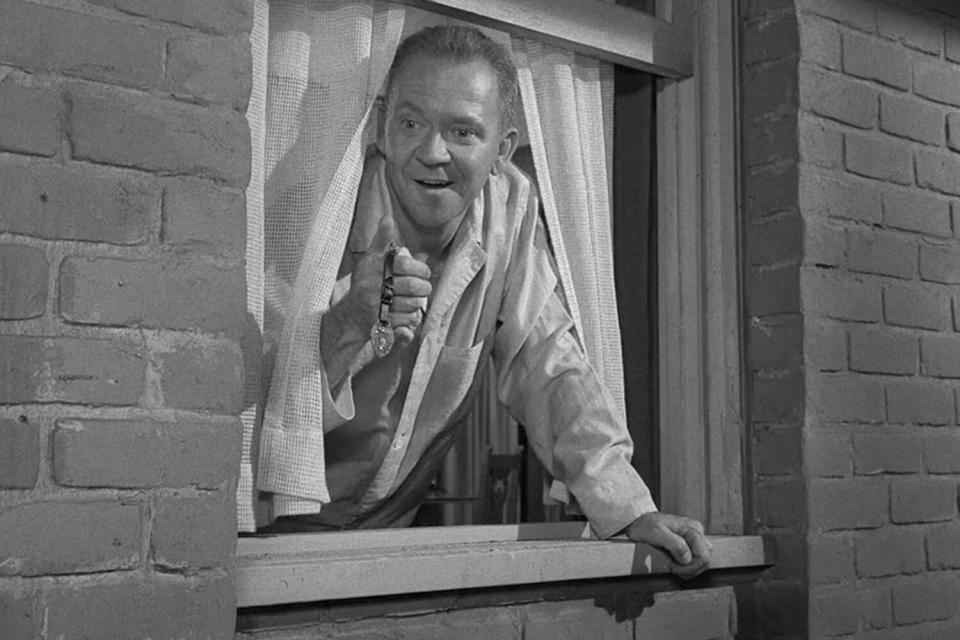
23. "People Are Alike All Over" (season 1, episode 25)
This episode's name could feasibly serve as a secondary title for almost every episode of the series, being a terse summary of one of The Twilight Zone's core theses on human nature. One of many, many stories about astronauts who land in a new environment that's suspiciously similar to Earth, "People Are Alike All Over'' follows two space travelers (Roddy McDowall and Paul Comi) who debate the details of a potential Martian colony as they set off to explore the red planet.
The first half of the episode employs unsettling sound design to suggest a threatening atmosphere outside the Earthlings' spacecraft, and the second half lulls you into a surprising sense of security before unleashing one of the show's most clever twist endings. Its lesson expresses a profound cynicism toward both the material values of mid-century American culture and the overall cruelty of people across time and space.
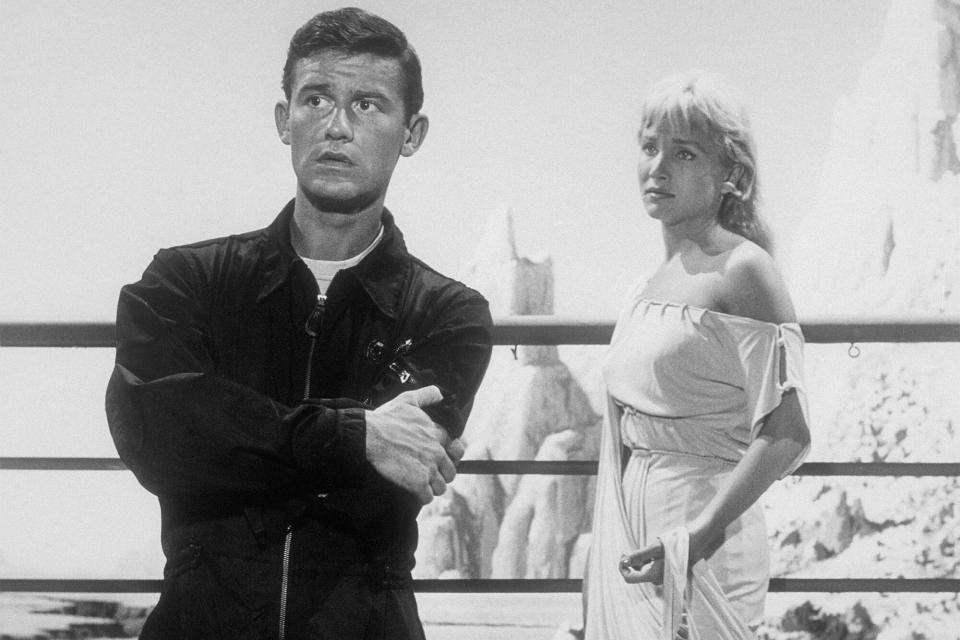
22. "Elegy" (season 1, episode 20)
"Elegy" depicts three astronauts from the future (Cecil Kellaway, Jeff Morrow, and Kevin Hagen) who explore a planet that looks like 20th-century Earth. It's one of the most visually fascinating episodes of the entire series, as its characters wander around a massive party where everyone is in suspended animation, requiring dozens of actors to remain as still as possible as the main cast and crew weave around them. Their slight shakes and minuscule movements (though probably unintentional) create a deeply unsettling effect as we watch actual people — rather than statues, dummies, or special effects — keep uncomfortably still. The morose ending is a solemn reminder that, despite material wealth and temporary comfort, human society is always only moments away from collapse... and more inclined towards violence than peace.
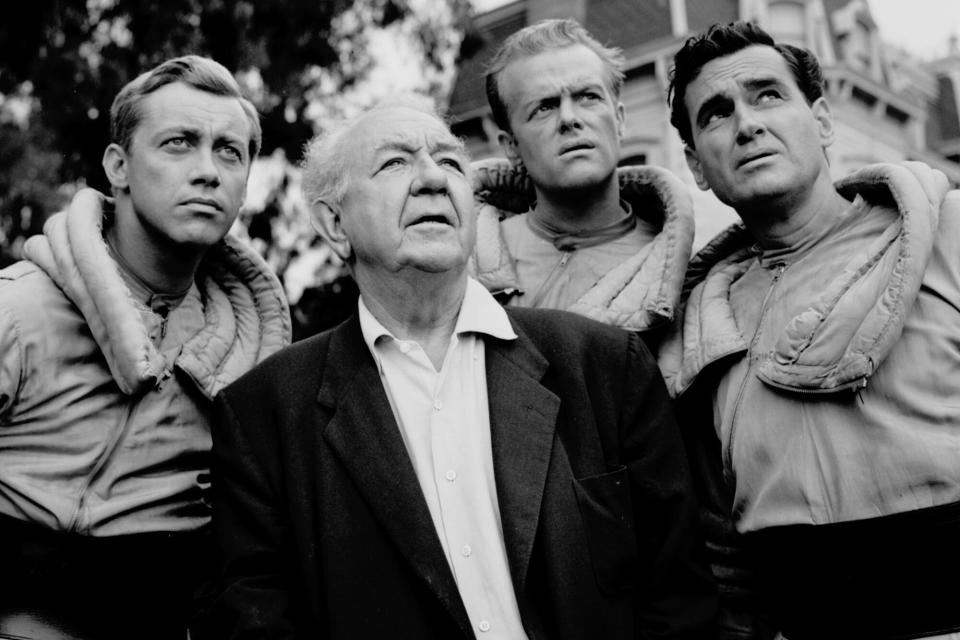
21. "A Hundred Yards Over the Rim" (season 2, episode 23)
Several Twilight Zone episodes tackle the butterfly effect with time travel stories. One of the strongest is "A Hundred Yards Over the Rim," which sees a pioneer (Cliff Robertson) from the mid-18th century stumble into modern-day New Mexico in search of supplies for his family. Although both the settler and the 20th-century characters he encounters struggle to accept the reality of time travel, they eventually realize that his family's survival has massive ramifications for modern society. It's a fun fish-out-of-water story that thoughtfully confronts destiny and purpose.
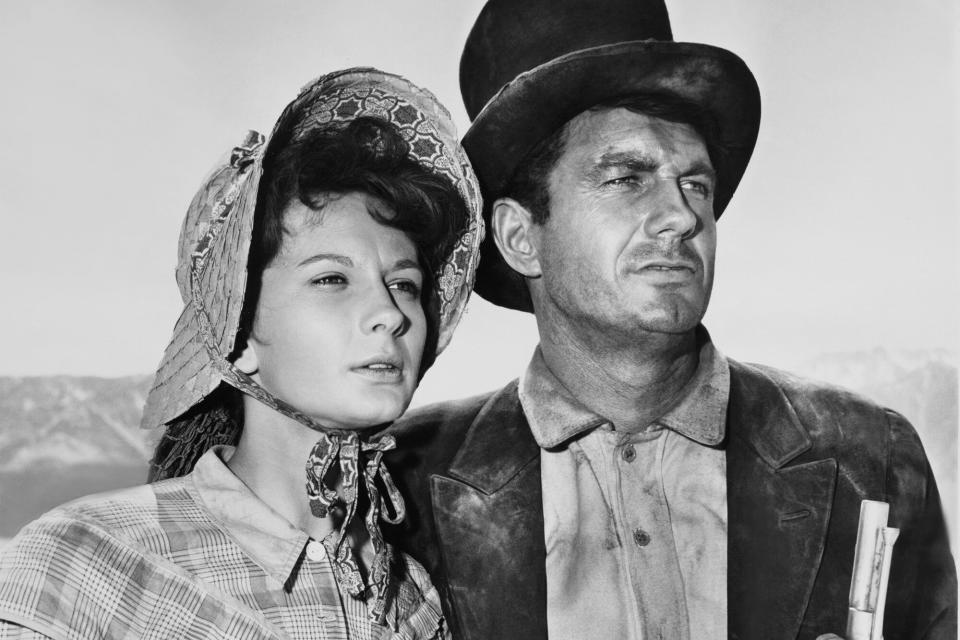
20. "Living Doll" (season 5, episode 6)
Before Chucky, M3GAN, and Annabelle, there was Talky Tina. One of the first prominent examples of the evil doll archetype in American pop culture, "Living Doll" charts the struggle between a frustrated man (Telly Savalas) and his stepdaughter's creepy new toy (voiced by June Foray, who also provided the voice for the real-life Chatty Cathy dolls in the 1960s). Talky Tina's various abnormalities — verbal threats, winks, and slight movements — are only observed by the protagonist, adding a layer of paranoia and suggesting that the entire conflict may be completely imaginary… or is it?
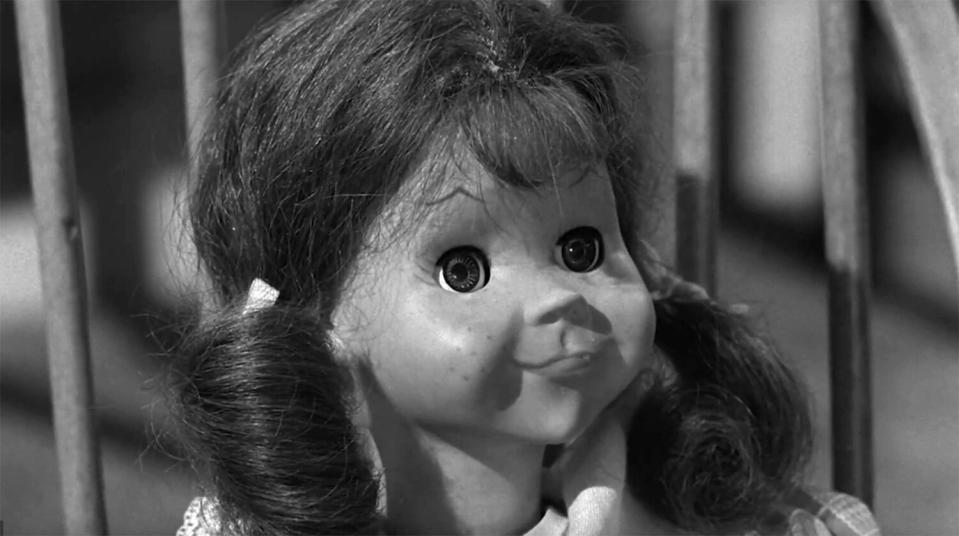
19. "Little Girl Lost" (season 3, episode 25)
Based on Richard Matheson's 1953 short story, "Little Girl Lost" is a prime example of The Twilight Zone's fascination with parallel worlds — and one of the most purely thrilling episodes of the entire series. The plot boasts a premise that undoubtedly inspired both Poltergeist and Stranger Things: A young couple can hear their lost daughter panicking around their house but they can't locate her. The family eventually finds an unusual way to access another world within their home, which is visualized with dizzying camera maneuvers and surreal production design that makes the climactic sequence feel like a nauseating nightmare.
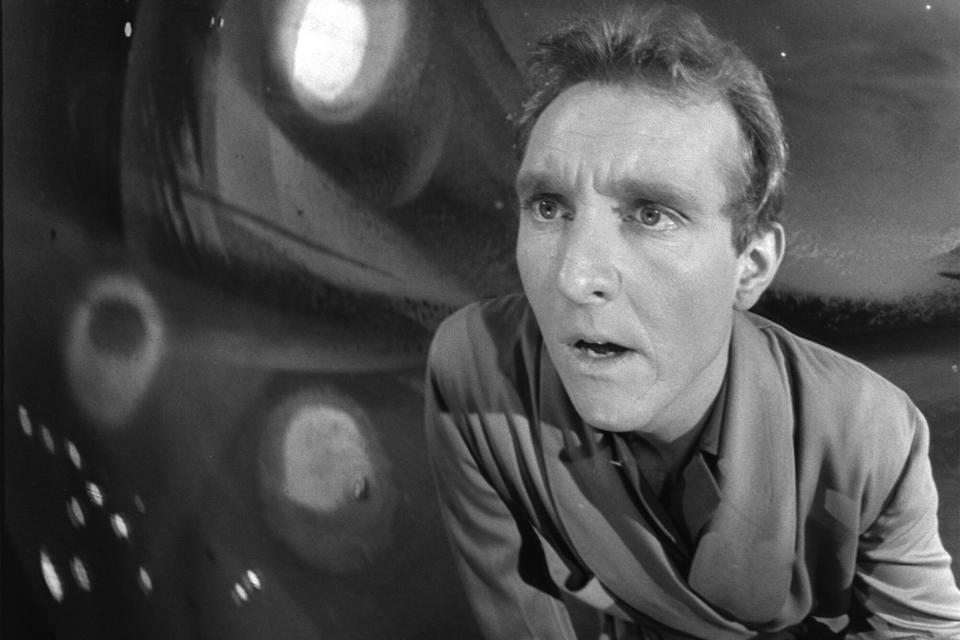
18. "The Howling Man" (season 2, episode 5)
When a stranger (H.M. Wynant) stumbles into a castle on a stormy night, he's torn between the influence of a radical monk (John Carradine) and a mysterious prisoner (Robin Hughes) who might just be the Devil himself. With stylish visual direction, a moody setting, and a terrifying concept, "The Howling Man" is one of the most overtly horror-leaning episodes in the entire series. Both of the authoritative supporting characters are so convincing that, like the man caught in the middle, you'll likely believe whichever one last spoke, despite the two of them making diametrically opposing claims. Few Twilight Zone episodes feel more appropriate for a scary movie night than this mind-boggler that leaves you guessing while raising the hairs on the back of your neck in one fell swoop.
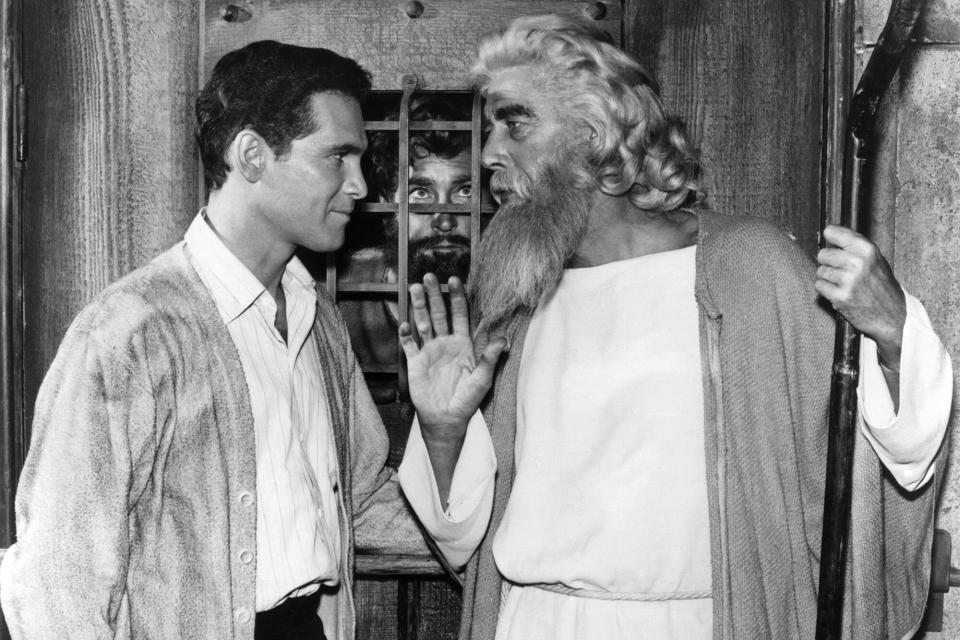
17. "The Lonely" (season 1, episode 7)
"The Lonely'' imagines a future where prisoners are condemned to a life of isolation on their own personal asteroids — desolate environments where there's nothing to do but contemplate their guilt and mortality. As the result of political controversy back on Earth, the main character (Jack Warden) receives a nonhuman companion to keep him company, only to be forced into a difficult decision later on. The episode poetically contends with isolation, incarceration, and unconditional love while asking profound questions about artificial intelligence and what it means to be human decades before Blade Runner, Westworld, and others confronted similar themes on a larger scale.
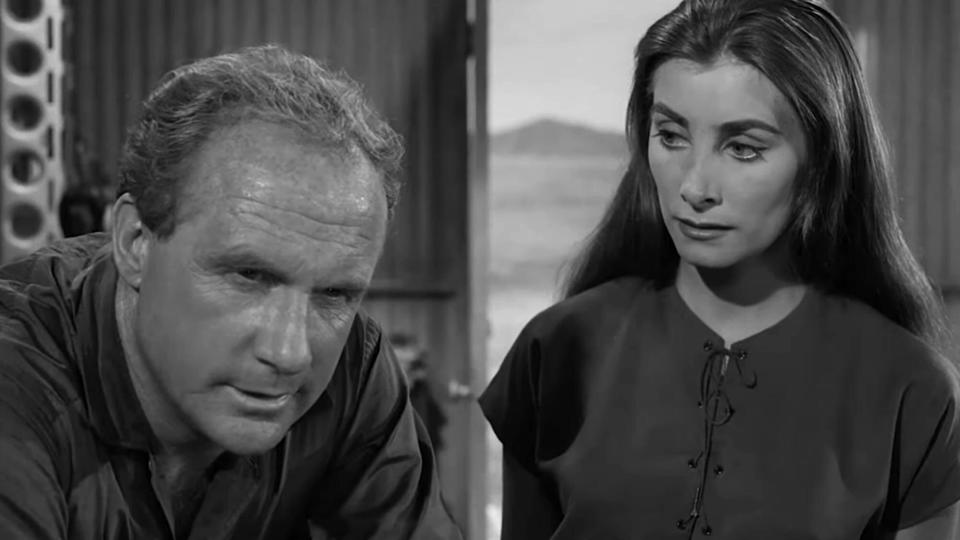
16. "Mirror Image" (season 1, episode 21)
A gripping predecessor to various David Lynch projects, Denis Villeneuve's Enemy, and Jordan Peele's Us (and one of his favorite episodes), this terrifying tale sees a young woman named Millicent Barnes question her sanity when she encounters her doppelgänger at a bus depot. Vera Miles of Psycho fame is equally brilliant as the petrified Ms. Barnes and her villainous twin, inspiring a sense of unease as she oscillates between performances. And while "Mirror Image" raises questions about alternate realities and doubles, it never clearly answers them, leaving us with a chilling ambiguity that's scarier than most of the series' other highlights.
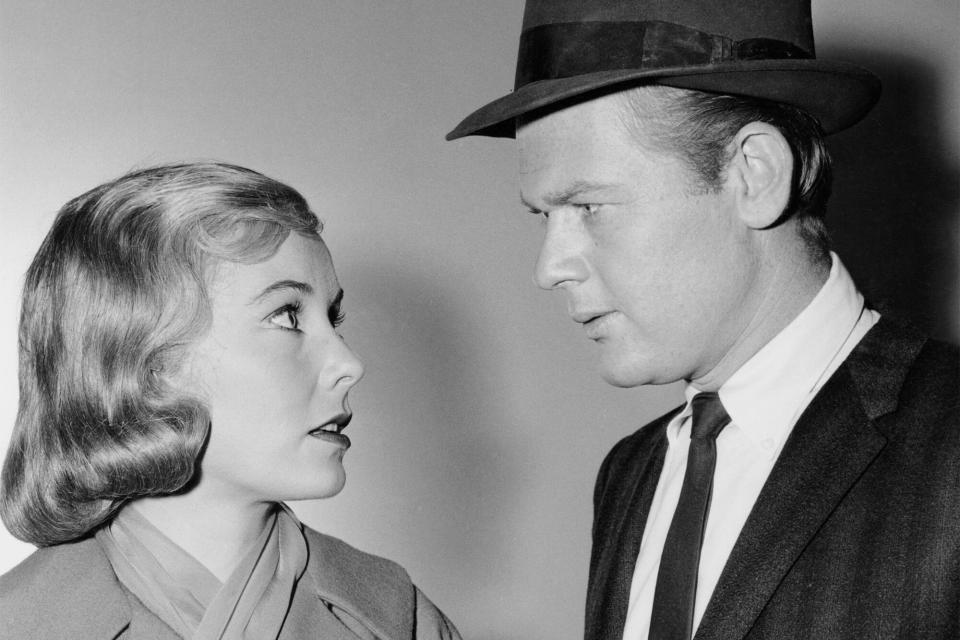
15. "Number 12 Looks Just Like You" (season 5, episode 17)
In the future depicted in "Number 12 Looks Just Like You," cosmetic trends are essentially enforced by law. According to tradition, everyone must conform to society's physical standards by undergoing surgery at age 19 to replace their face and figure with one of a few pre-existing models. The main character (Collin Wilcox, best known for her supporting performance in To Kill a Mockingbird) resists her transformation in the name of love, poetry, and the very concept of beauty itself, which she believes must occur naturally to have any value at all. The episode is a provocative examination of vanity and beauty standards that condemns conformity and embraces the messy idiosyncrasies that make people unique.
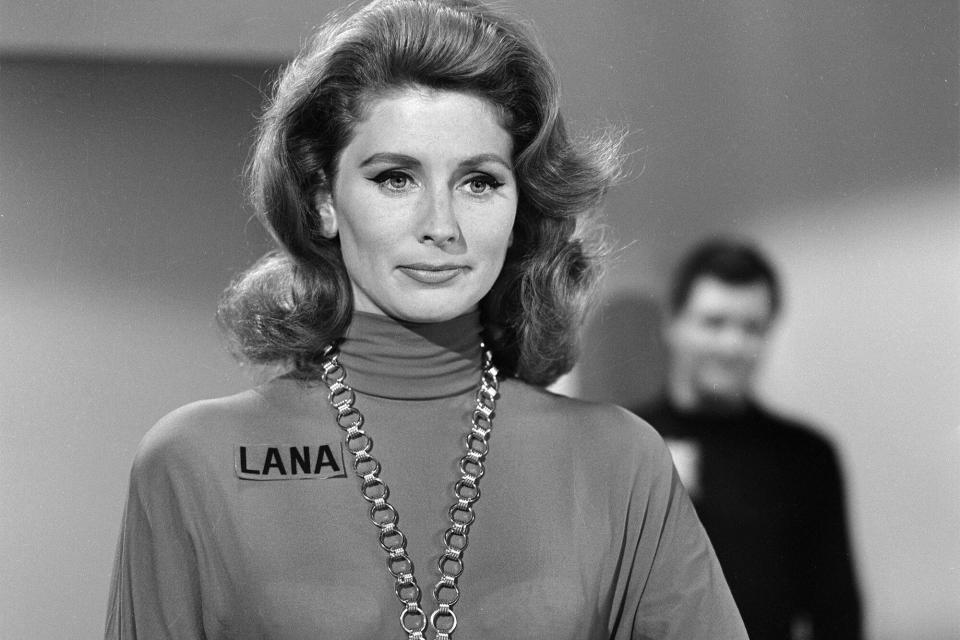
14. "Walking Distance" (season 1, episode 5)
"Walking Distance" sees Martin Sloan (Gig Young) stumble into his childhood hometown and finds it's exactly as he remembers it from 25 years before. Exhausted by the hustle and bustle of the New York business world, the man is refreshed by the carefree innocence he felt as a child and the sensibilities, aesthetics, and lifestyles of his cherished upbringing. But his quest to go home again takes a dark turn as he realizes there isn't a place for him there anymore, shifting the episode into a somber meditation on growing up, getting old, and the world changing into something less pristine than you once knew.
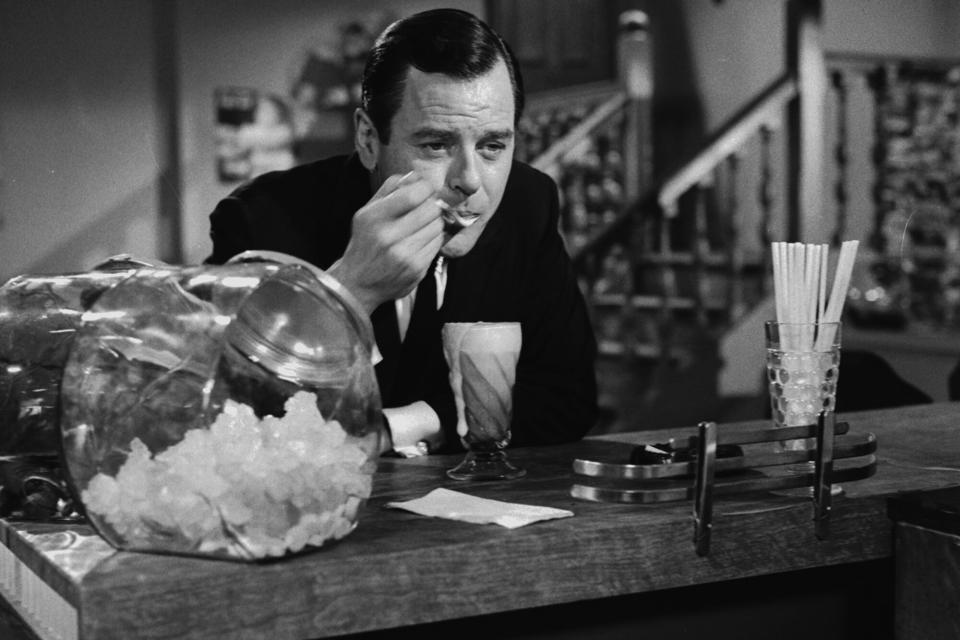
13. "Five Characters in Search of an Exit" (season 3, episode 14)
Few Twilight Zone stories are stripped as bare as this one, but its minimalism only makes this survival story more intriguing. As the title suggests, "Five Characters in Search of an Exit" focuses on a handful of disparate players — a clown, a homeless person, a ballet dancer, a bagpiper, and an army major — trapped in a cylindrical prison with no memory of how they got there. They're not hungry or thirsty, but they can still feel pain as they attempt to escape from their mysterious enclosure, a troubling suggestion that life for all creatures, big and small, is synonymous with physical suffering. The wild final twist reveals the series' ultimate emotional power: It can make us identify with almost anyone or anything if it presents the right alchemy of suspense, tragedy, and terror.
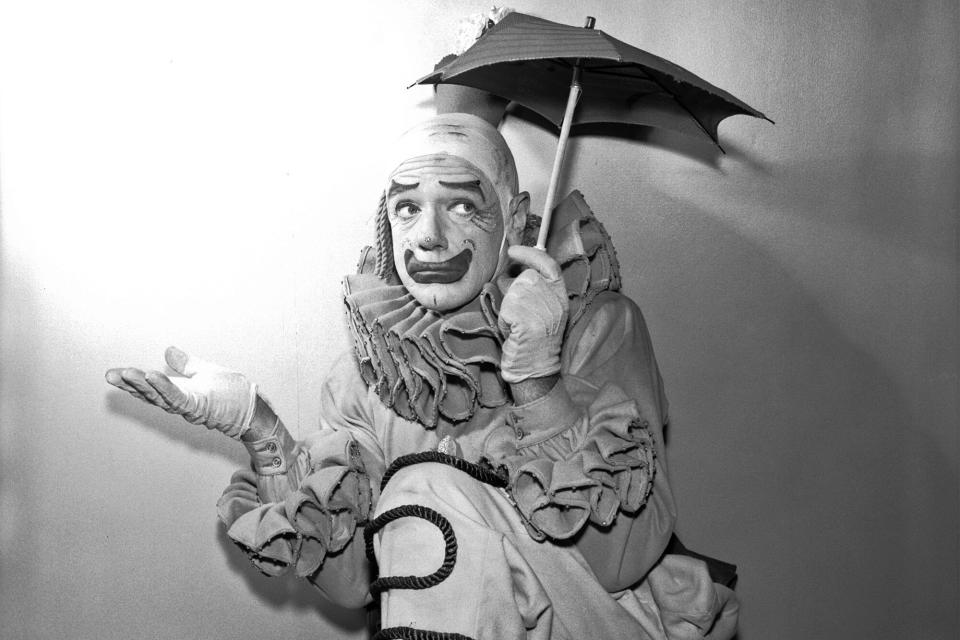
12. "He's Alive" (season 4, episode 4)
Dennis Hopper plays a Neo-Nazi haunted by Adolf Hitler's ghost in this searing indictment of fascism and hatred. "He's Alive" is twice as long as the other entries on this list at a whopping 52 minutes. As such, the script isn't as tightly structured as shorter episodes, but the extra time allows Serling to expand his ideas and add more artistic flourishes to his dialogue than usual. It contains some of the showrunner's most urgent writing, boldly discussing genocide and the dangers of racism and xenophobia on a level that other entertainment at the time seldom dared.
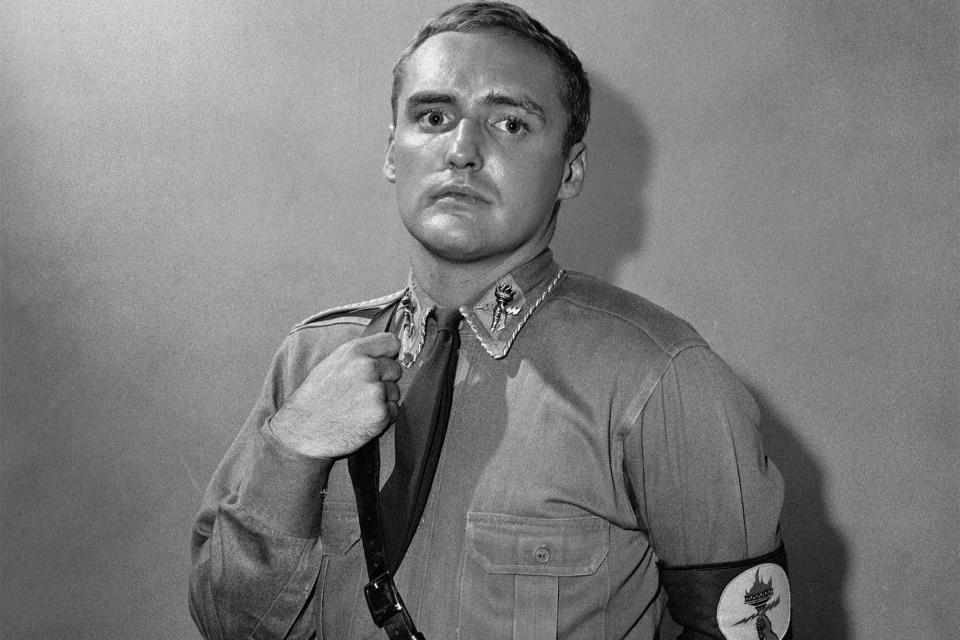
11. "I Shot an Arrow Into the Air" (season 1, episode 15)
This episode examines human nature in life-or-death situations as four astronauts attempt to survive in a mysterious desert environment after their spacecraft crashes. It's a meditation on how morality bends when desperation sets in, revealing our ugliest inclinations under extreme circumstances. The premise came from Madelon Champion, who discussed her idea with Serling at a dinner party and was paid $500 for the concept despite having no experience in the entertainment industry. The tragic irony of the episode's final scene foreshadows Serling's most famous film project — which we won't spoil here, but if you have any familiarity with the writer's filmography, you'll know exactly what we mean.
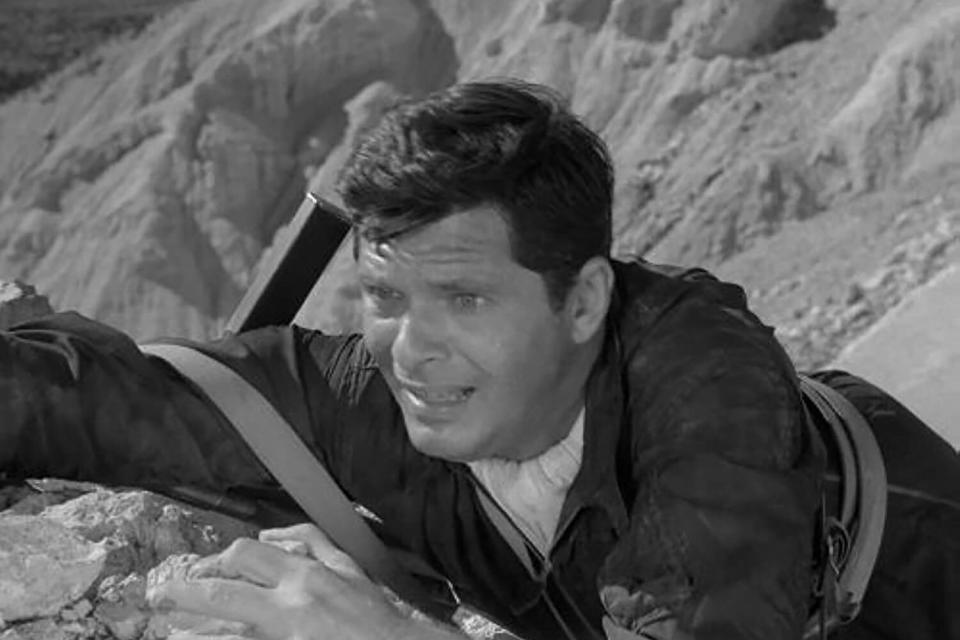
10. "To Serve Man" (season 3, episode 24)
The space-dwelling visitors in one of The Twilight Zone's most famous alien invasion stories seem too good to be true. The 9-foot-tall Kanamits come bearing gifts like alternative power sources, soil enrichers, and force fields to solve many of humanity's most pressing problems. As the lead character (Lloyd Bochner) attempts to decipher one of the aliens' texts, even the most cynical skeptics become enamored by the Kanamits' presence... until the discovery of a sinister plot. "To Serve Man" provides an even more extreme roller coaster of emotions than usual, as the promise of the Kanamits' service brings a rare aura of hope to The Twilight Zone — and makes the final twist all the more heartbreaking.
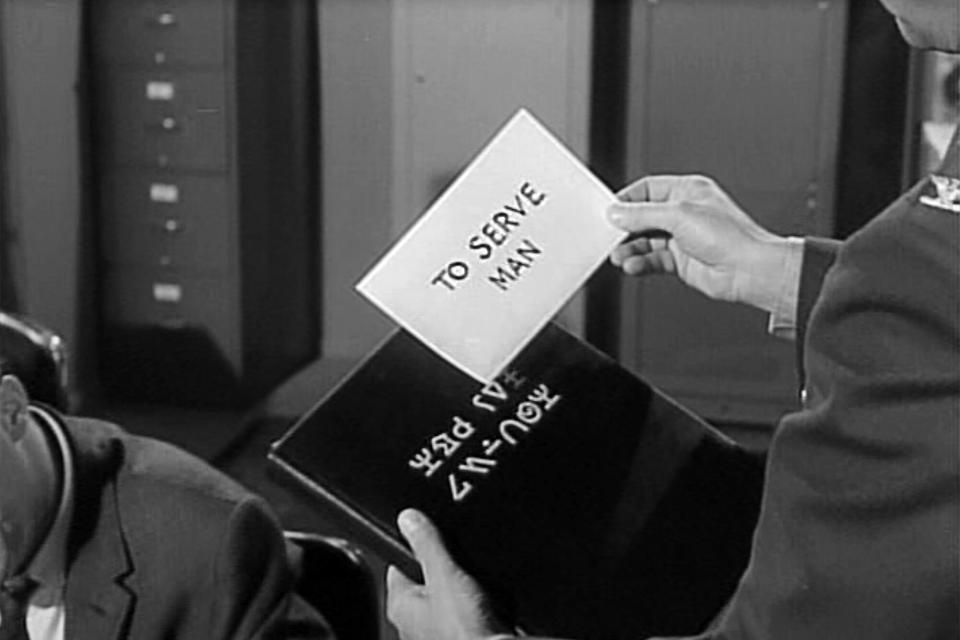
9. "Shadow Play" (season 2, episode 26)
Decades before Inception and Paprika, The Twilight Zone told this trippy story about a world that might all be in one man's dreams. "Shadow Play" follows a newspaper editor (Wright King) and a district attorney (Harry Townes) who contend with the fact that their reality might all be in the imagination of a man on death row (Dennis Weaver). The episode brilliantly questions otherwise unremarkable television devices — such as compressed timelines and minor leaps in narrative reasoning — to create an exhilarating mystery about dream logic. And, as suggested by the title, it features gorgeous, shadowy cinematography that makes it one of the most visually striking episodes in the series.
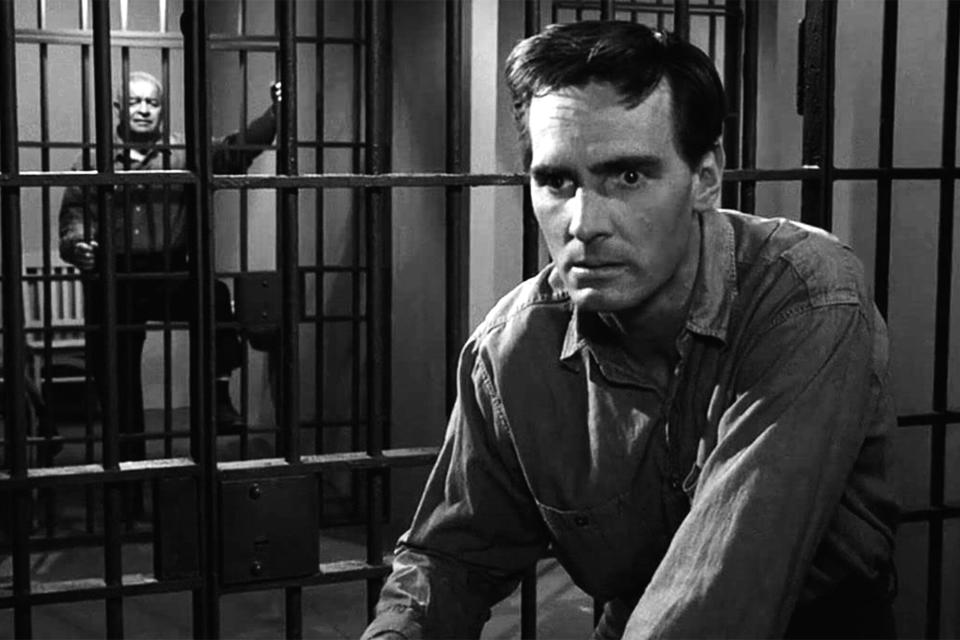
8. "Will the Real Martian Please Stand Up?" (season 2, episode 18)
When a UFO crashes in the middle of a snowstorm, two state troopers (John Archer and Morgan Jones) must solve a troubling mystery: There are nine strangers keeping warm in a diner, but only eight of them are human. With a premise eerily similar to John Carpenter's The Thing, "Will the Real Martian Please Stand Up?" is one of the most purely entertaining episodes of the entire series, channeling Cold War-era paranoia into thrilling speculative fiction where every character is just suspicious enough that they might be from outer space. The episode keeps you guessing until the very end, and even if you think you've identified the outsider, it hits you with another twist that you couldn't possibly have predicted.
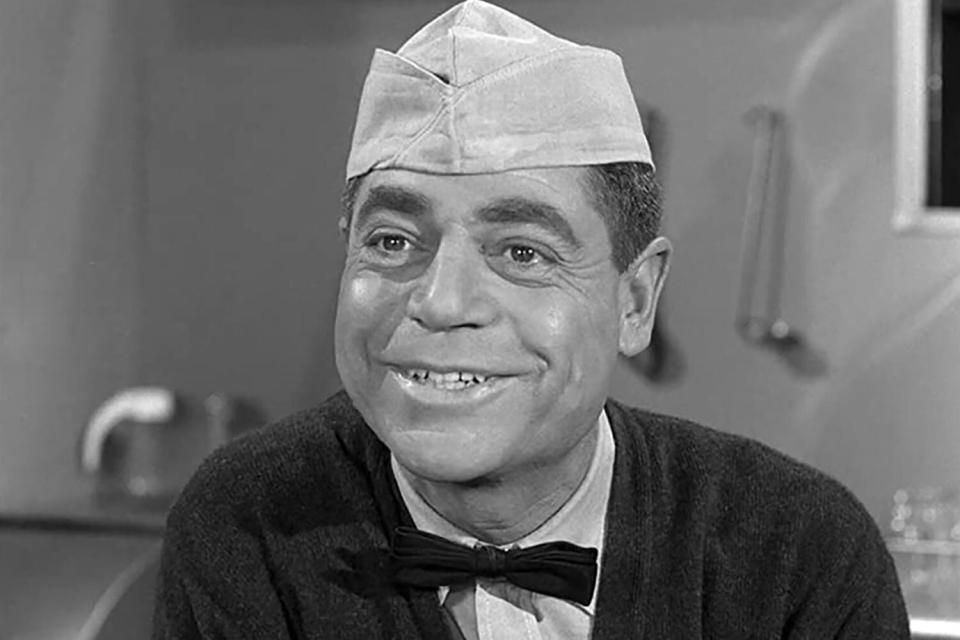
7. "Eye of the Beholder" (season 2, episode 6)
This episode charts the pain and melancholy of a woman (Maxine Stuart, and later, Donna Douglas) who has been deemed so hideous that even after extensive plastic surgery, she must live in an outcast society to avoid frightening more conventionally attractive civilians. Perhaps the strongest installment of the series from a visual standpoint, "Eye of the Beholder" is an immaculately directed piece of television, captured with impressive long takes, expressive lighting, and unforgettable makeup. Its visual storytelling has a careful precision that becomes more obvious once the legendary twist is revealed, and we realize the reality that's been hiding in plain sight all along. The episode presents a perfect execution of a simple idea — one that touches on prejudice, conformity, and beauty in the span of just 25 minutes.
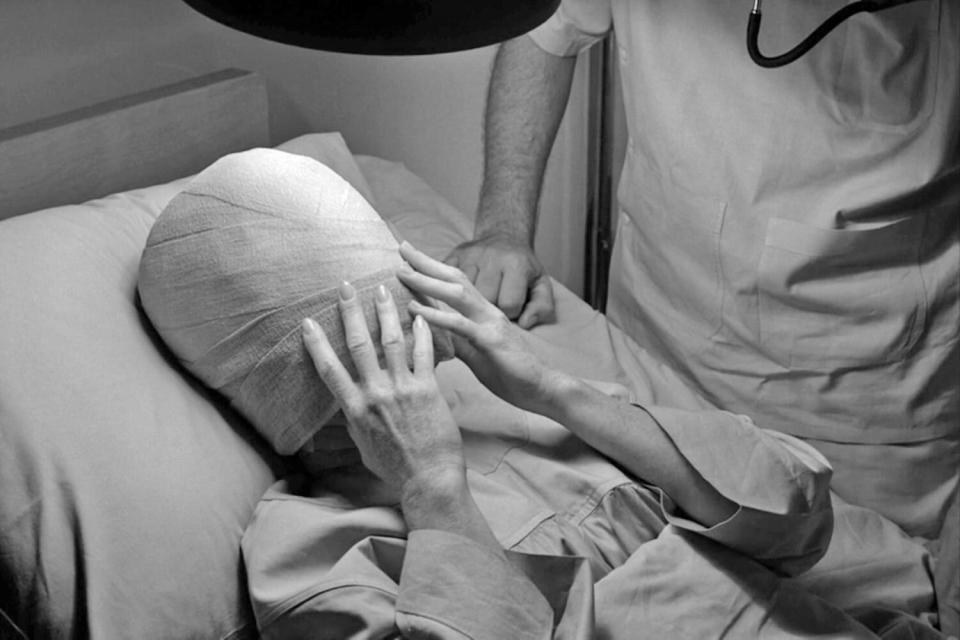
6. "It's a Good Life" (season 3, episode 8)
On paper, the premise of "It's a Good Life" — what if a temperamental child was an all-powerful God? — doesn't sound as strong as other classic Twilight Zone episodes, but in execution, it's undoubtedly one of the tensest episodes the series ever produced. It's profoundly distressing to watch full-grown adults (including John Larch, Cloris Leachman, and Don Keefer) tiptoe around a moody little boy (Billy Mumy) because he can alter their existence on a whim. The episode isn't afraid to move into unusually dark territory, as multiple adults discuss how they wish their young tormentor would drop dead — including the child's own mother. The episode also was remade into a longer, more visually surreal segment by Joe Dante in 1983's Twilight Zone: The Movie, though the original remains one of the series' very best.
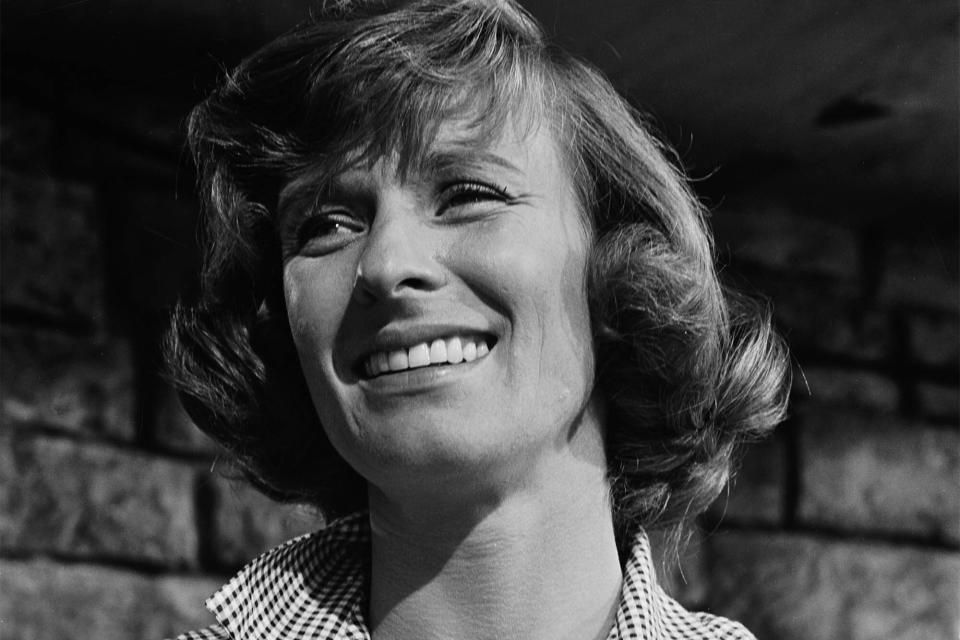
5. "The Invaders" (season 2, episode 15)
Cited by Serling as his favorite Twilight Zone installment that he didn't write himself, "The Invaders" sees a woman fend off tiny, violent aliens who attack her home. The episode is almost completely wordless; Apart from Serling's occasional narration and brief dialogue near the conclusion, the story unfolds entirely through visuals, music, and sound effects. Agnes Moorehead is the only performer who appears on screen, providing a strong sense of character and tension through nothing more than body language and expressive grunts. It's a fun early example of the "evil little guys" horror subgenre where tiny menaces run amok and terrorize a household — later picked up by Gremlins, Child's Play, Krampus, and many more. And the final scene reveals a thematic depth that you wouldn't anticipate from the straightforward thrills of the preceding 20 minutes.
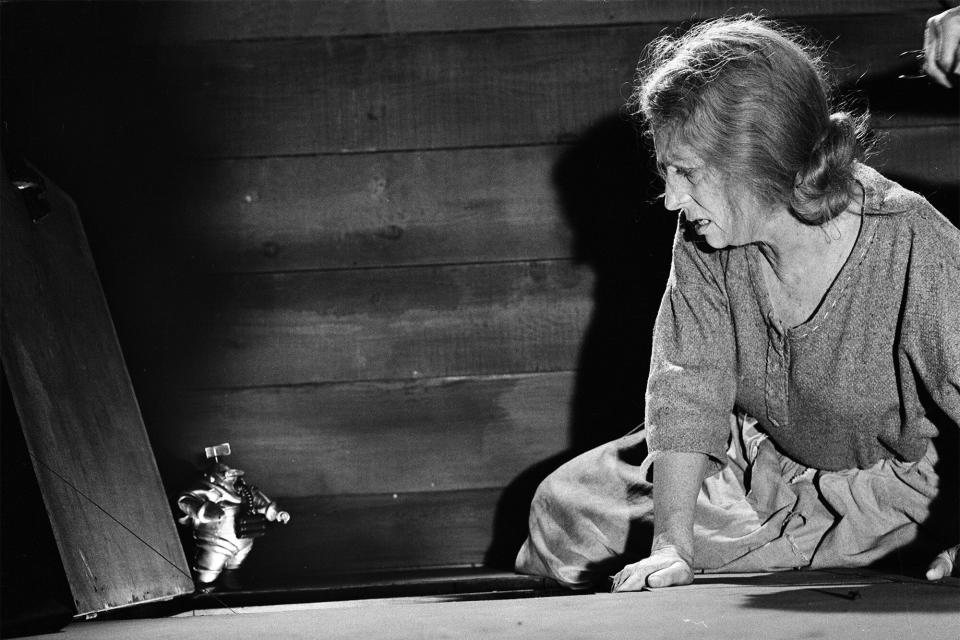
4. "And When the Sky Was Opened" (season 1, episode 11)
After crash-landing an experimental spacecraft, two men (Jim Hutton and Rod Taylor) struggle to recall their experiences when one of them remembers a third co-pilot who doesn't seem to exist. It's one of the most ambiguous episodes in the show's history, refusing to clearly explain what's happening or what it all means. Perhaps it's highlighting how during wartime, nations waste the lives of young men so nonchalantly that it's as if they never existed in the first place. Or maybe our inability to understand it is entirely the point. Regardless, it's a terrifying episode that feels like a claustrophobic nightmare, and it's a sobering reminder that our memory is only kept alive by the people who intentionally remember us.
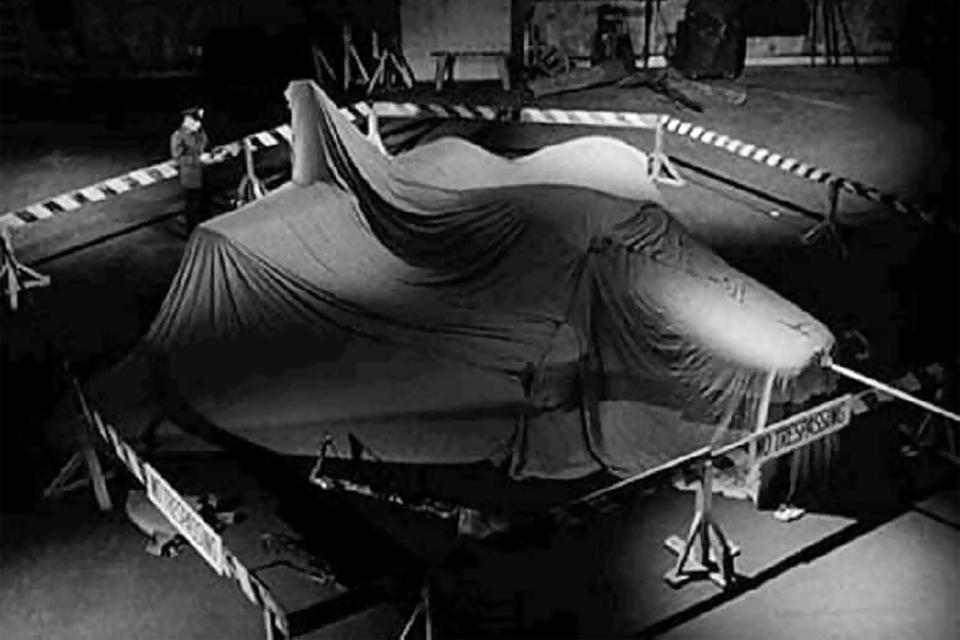
3. "Nightmare at 20,000 Feet" (season 5, episode 13)
Perhaps the most iconic Twilight Zone episode, "Nightmare at 20,000 Feet" follows a nervous passenger (William Shatner) who thinks he sees a grotesque monster on the wing of his airplane. In classic Twilight Zone fashion, the protagonist questions his sanity when the creature disappears anytime someone else is looking, further compounding his anxiety. It's a beautiful exercise in suspenseful filmmaking, where every shot, sound, and cut manipulates the simmering tension with perfect pacing. It capitalizes on and expands upon the everyday terror of shooting through the air in a giant metal box... as if we need another reason to fear flying.
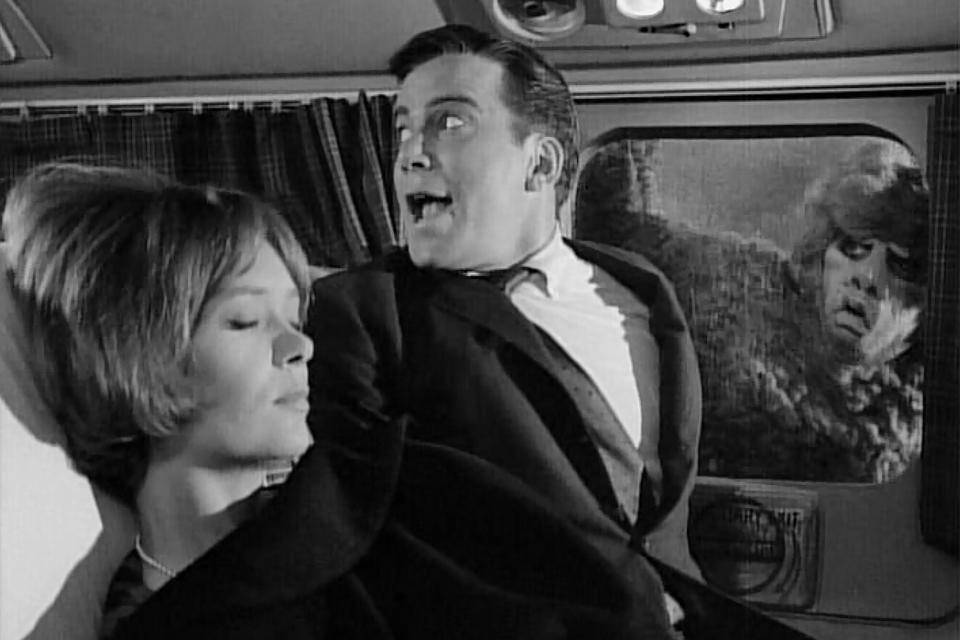
2. "The Monsters Are Due on Maple Street" (season 1, episode 22)
One of the most celebrated episodes of the series is a stunning display of Cold War paranoia. After its technology begins to fail, an idyllic neighborhood tears itself apart in pursuit of identifying a few of its members as covert enemies: Aliens, in the case of the episode, clearly a stand-in for Serling to discuss Americans' collective cruelty toward those suspected of Communist sympathies. It's one of the show's clearest condemnations of human nature, particularly in mid-century American culture, where everyone is so self-interested and suspicious that they'll reliably turn on each other at the drop of a hat. Serling also goes out of his way to insist that this kind of behavior isn't a fluke but a predictable pattern that can (and does) happen everywhere.
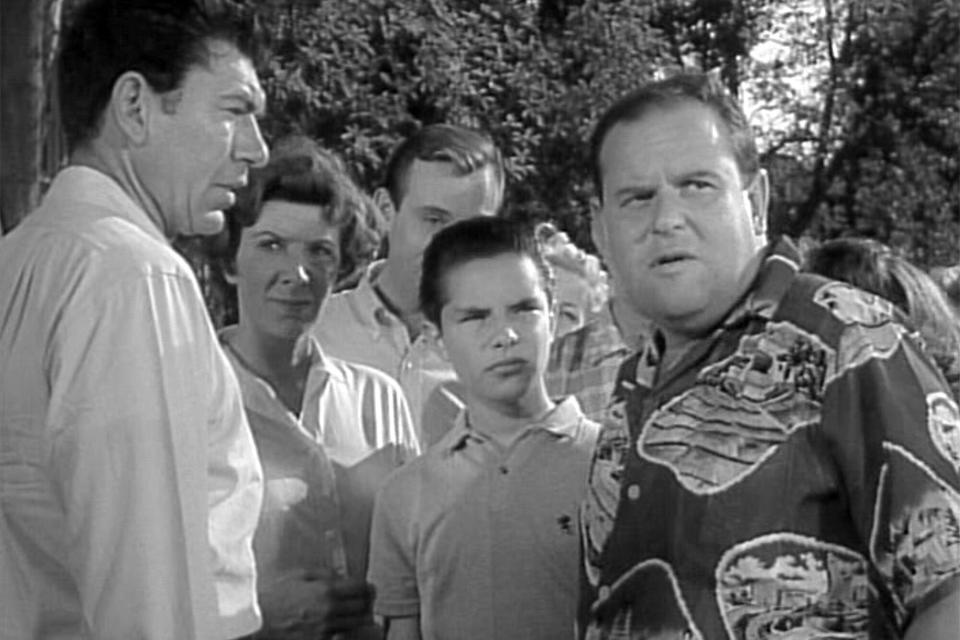
1. "Time Enough at Last" (season 1, episode 8)
Serling frequently cited this as his favorite episode of the entire series, and there's no reason to disagree with him: It's the strongest example of many of The Twilight Zone's unique strengths. "Time Enough at Last" follows an antisocial bank teller (Burgess Meredith) who's obsessed with reading and can never scratch his literary itch until a global catastrophe delivers a blessing in disguise. The episode touches on a number of pressing themes — nuclear annihilation, marriage, and addiction, to name a few — but it never feels like a lecture thanks to Serling's graceful, poetic writing and its cheeky yet nightmarish tone. It's a cautionary tale about being careful what you wish for, and the tragedy of its conclusion is the ultimate example of The Twilight Zone's unique strain of irony.
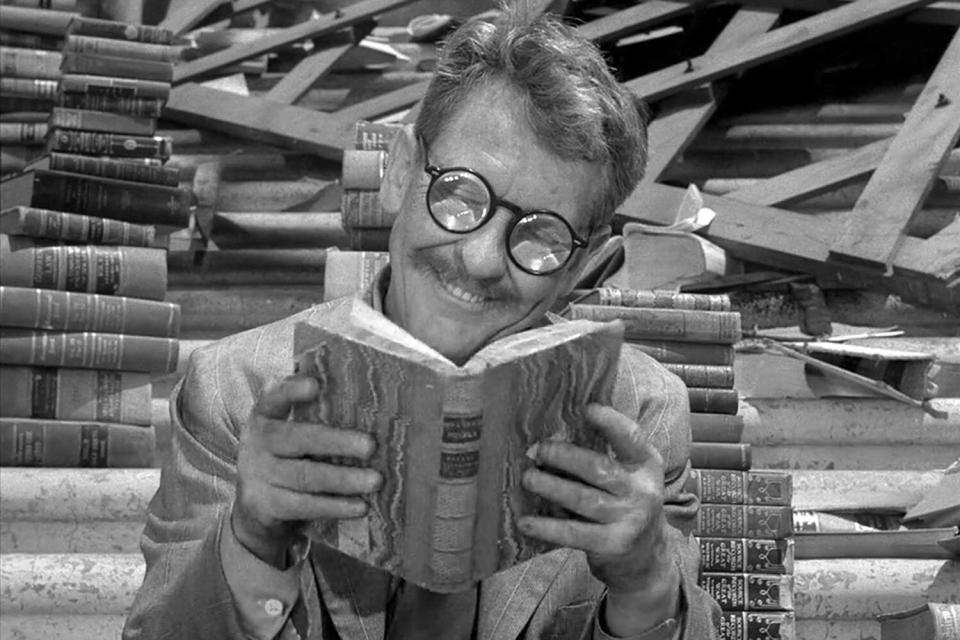
Related content:

